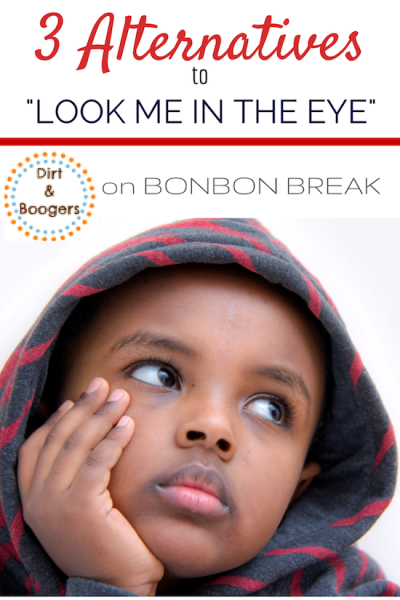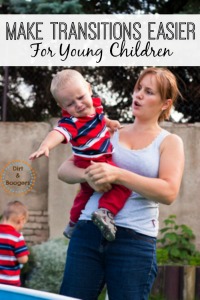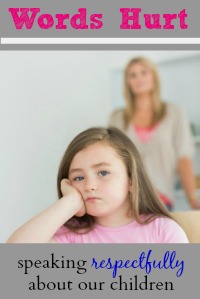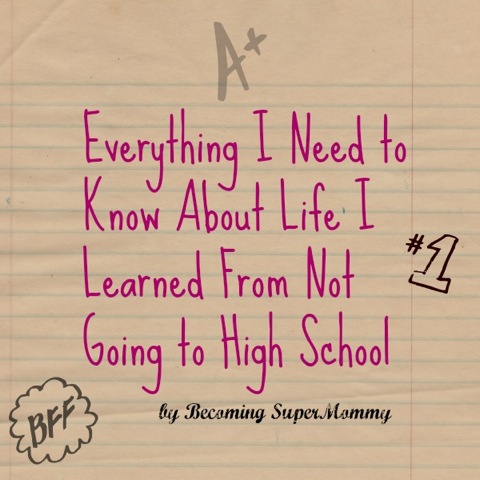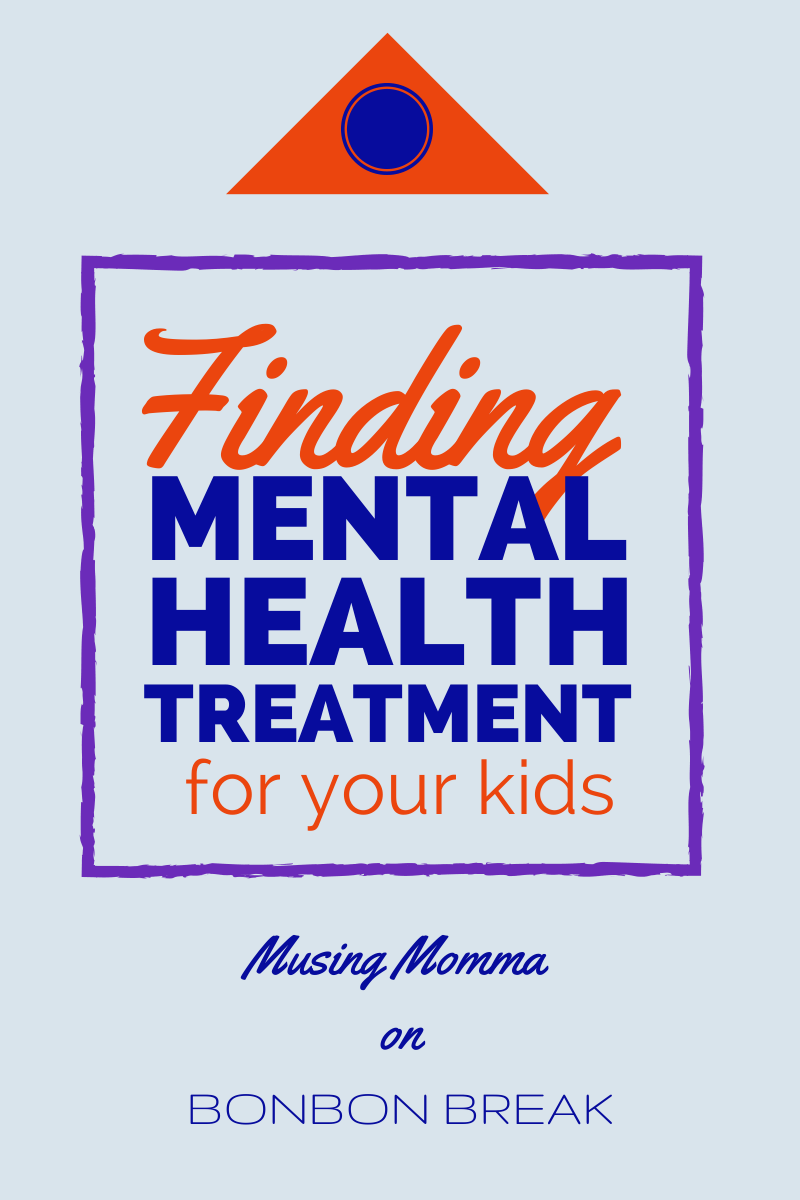3 Alternatives to ‘Look Me In The Eye’ by Dirt & Boogers
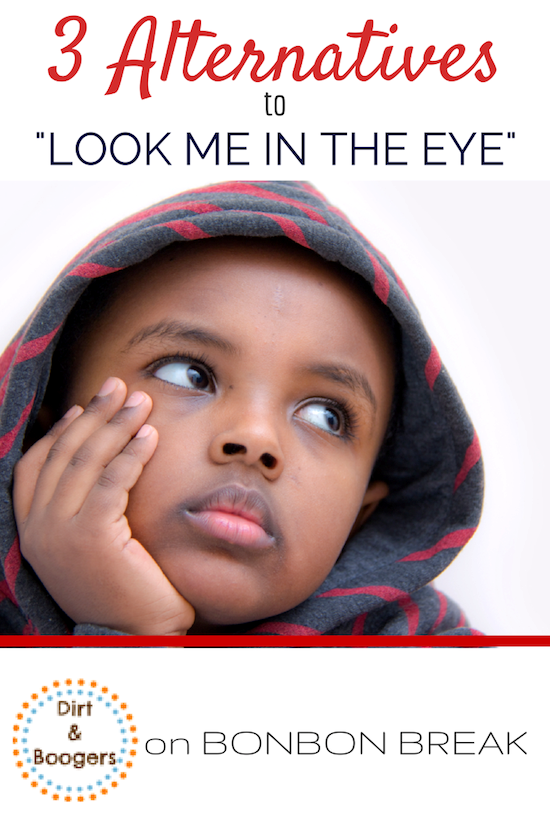
The other day, my husband was telling me about how he was trying to correct my son’s behavior but my 4-year-old would not look him in the eye. He went on to say that he started to get into a power struggle about the eye contact and had a hard time remembering what behavior he was correcting in the first place.
I responded with, “Why does he need to look you in the eye?”
We want to make sure they are listening
When a child does something that we don’t like, we want to grab their attention. We want to make sure that they are really listening to us. So, we say “look me in the eye” or “look at me when I’m talking to you.”
This is easier said than done though. Looking at an authority figure in the eye can be difficult for anyone when being reprimanded. Most people look down or away when they feel uncomfortable or shameful.
Yet, we ask our children to do something that even adults can have a hard time with.
We want them to think about their behavior
Oftentimes when we are looking for eye contact we want to have a conversation with our children about their behavior. We want them to think, and we want them to really understand.
But did you know that when we force eye contact we make it harder for them to think?
In a study conducted by psychologists from the University of Stirling with 20 British 5-year-olds, researchers found that the children who avoided eye contact while considering their responses to questions were more likely to answer correctly than children who maintained eye contact.
It’s mentally taxing to maintain eye contact, and it’s harder to think when we are concentrating on eye contact.
So if we want our children to think and learn, they need to look around a bit.
Pay attention to other adults – when they are thinking, do they look straight ahead? No. They look up, either to the left or the right. It’s in our biology to look around when we think.
A blank stare is a sign of NOT understanding.
Finding Alternatives
If you find yourself getting into power struggles about eye contact when reprimanding a child, there are some other things you can do to get your point across.
- Face them out: I like to have my child sit in my lap facing out while we talk. Not only do I have his attention this way, but we are also connecting in a loving way. It is less intimidating then standing face-to-face, and he is more likely to have his guard down and therefore more likely to listen to me and engage in a meaningful conversation.
- Get down on their level: When you speak to a child, try to get down where you can be on their level. It’s less intimidating and makes it easier to connect. Here’s a great example of how and why we need to get down on our child’s level. The trick with this is to not demand eye contact. I like to gently hold onto their hands to help them stay focused on me. If your child has trouble with this and you find yourself getting agitated, spin the child around, hug them, and have them face out.
- Repeat back: I always, always have my child repeat back to me. I’ll ask him a question about what we just talked about to make sure that he gets it and was paying attention. This is key to making sure that they understand.
Having a child look you in the eye is not bad or inappropriate, but it can be intimidating for a child and can end up taking the focus away from what’s really important.
Do you find yourself saying this to your children? How do they react to it?
PIN IT FOR LATER
READ MORE FROM DIRT & BOOGERS!

